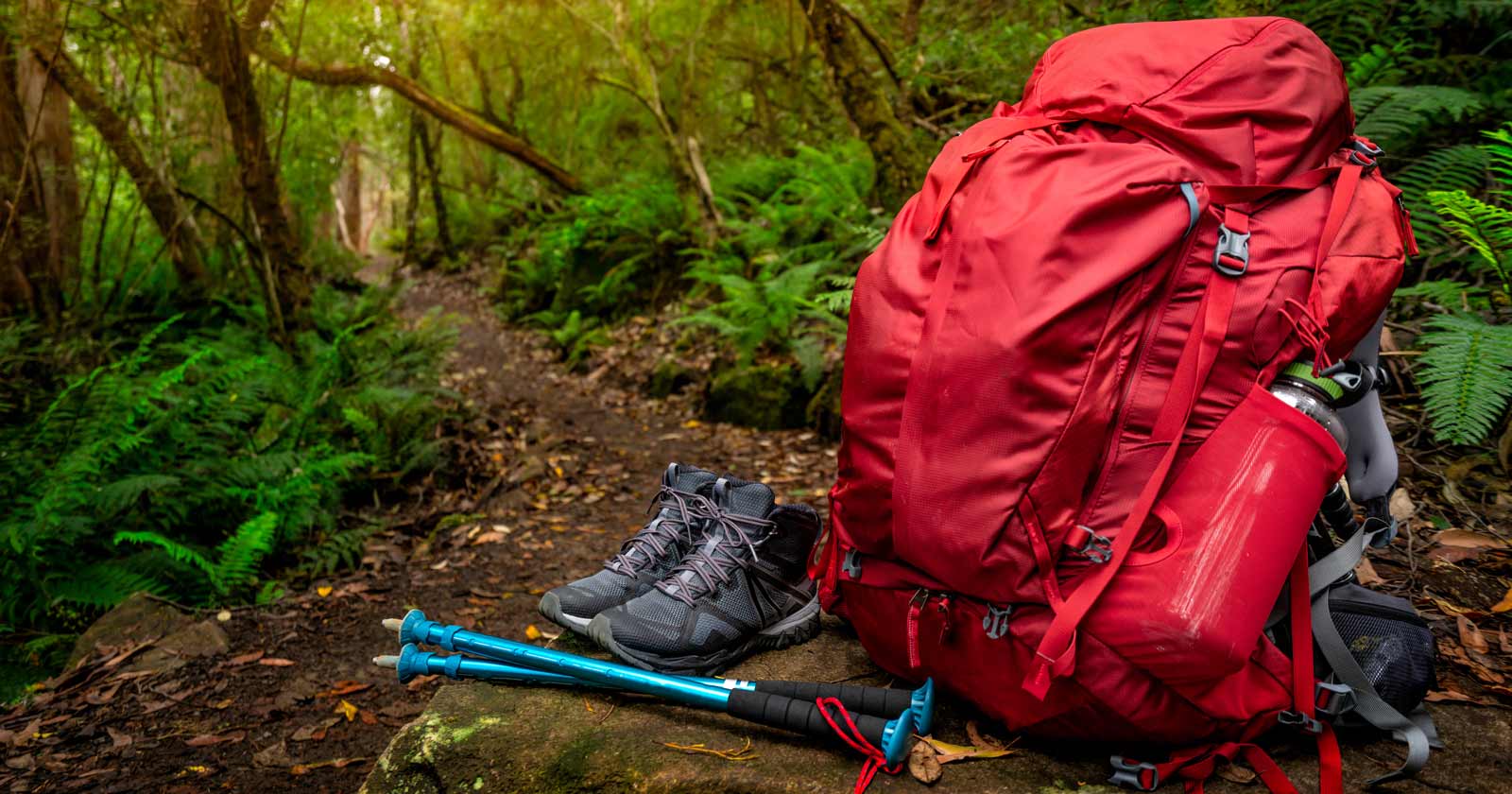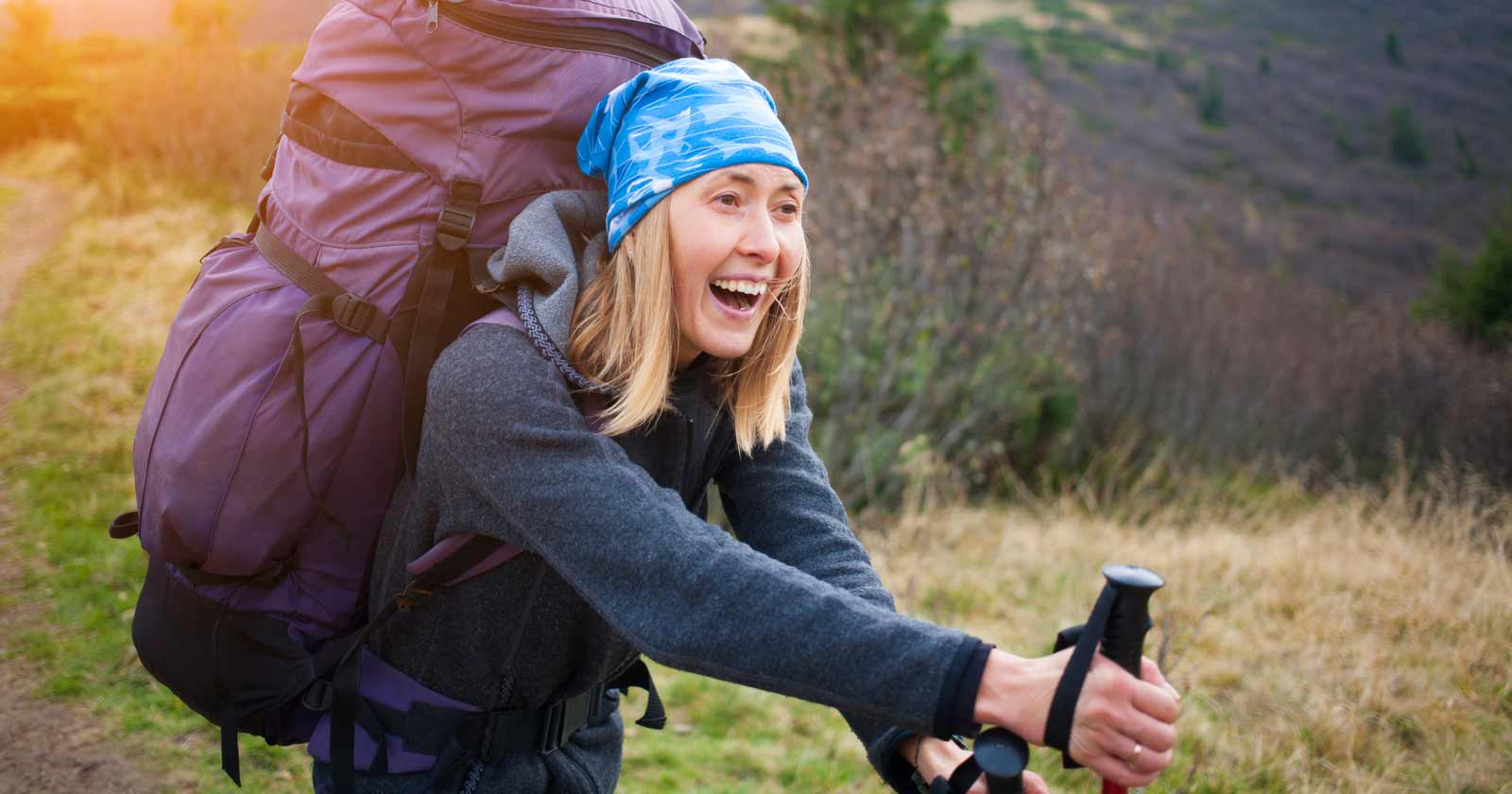Australia is a vast and beautiful country with an incredible variety of hiking trails to explore. Whether you’re a seasoned hiker or just starting out, there’s a trail out there for you. But before you hit the trail, you may want to gather a group of people to join you. Hiking with a crew can bring camaraderie, support, and shared experiences that enhance the journey. This guide helps you navigate the process of building your ideal Aussie hiking posse, from solo ventures to group expeditions. I’ll cover aspects like group size, matching trails to the group, pre-trip planning, and prioritising safety for an unforgettable outdoor adventure.
Determining your group size
The size of your hiking group will depend on a number of factors, including the difficulty of the trail, the length of the trip, and your own personal preferences. Some people prefer to hike solo, while others enjoy the company of a mate or two. Larger groups can be more social, but they can also be slower and more difficult to manage. As a general guideline, that land managers also recommend, a group size of 10-12 hikers is often considered to be the upper limit for safety, enjoyment, and environmental impact considerations.

Plan on hiking solo?
Hiking solo can be an alluring experience, offering moments of quiet contemplation and the freedom to set your own pace. While I personally enjoy solo hikes as well as group adventures, it’s crucial to acknowledge the significant risks involved, especially for inexperienced individuals. Before considering solo hiking, be honest with yourself. Are you adept at wilderness navigation and survival skills? Can you handle physical challenges and potential emergencies completely alone? Remember, getting lost, encountering wildlife, or sustaining an injury in remote areas can have serious consequences when no one is by your side.
Weigh the pros and cons carefully. Solo hiking grants you solitude and autonomy, but also leaves you entirely responsible for your safety and well-being. If you do choose to venture solo, prepare meticulously. This includes:
- Thorough research: Study the trail meticulously, understanding terrain, weather patterns, and potential hazards.
- Proper gear: Pack for unexpected situations, including weather changes, injuries, and emergency communication.
- Informed others: Share your route and expected return time with a trusted contact who can raise the alarm if you’re overdue.
- Practice self-reliance: Hone your navigation skills, first-aid knowledge, and ability to improvise solutions.
Ultimately, the decision to hike solo is yours alone. But prioritise safety and respect the challenges of venturing into the wilderness on your own. Remember, your responsibility extends beyond yourself – a rescue operation in remote areas can put rescuers at risk as well. By recognising the inherent risks and preparing diligently, you can approach solo hiking with both awareness and responsible enjoyment.
Hiking with a mate or two
Hiking with a friend or two can be a great way to enjoy the outdoors without having to worry about being alone. You can share the responsibility of navigation and first aid, and you’ll have someone to talk to along the way.
Hiking with a larger group
Hiking with a larger group can be a lot of fun, but it’s important to make sure that everyone in the group is at the same fitness level , have similar skills, and have the same expectations for the trip. It’s also important to choose a trail that is suitable for a large group.

Matching your hike to your group
Once you’ve decided on the size of your group, you need to find a trip that is suitable for everyone. If you’re the leader of the group, you’ll need to consider the skills and experience of all the members, as well as their fitness level. You’ll also need to make sure that the trip is the right length and difficulty for the group.
Considering the age of participants
People of all ages can enjoy hiking, but it’s important to choose a trip that is appropriate for all members of the group. Young children may need to be supervised at all times, and they may not be able to hike long distances. Older adults may (or may not) need to take more breaks, and they may not be able to handle difficult terrain (or they may handle it better than you). There are no hard and fast rules about this and you will need to consider not only the age but the hike fitness, skills and experience of each participant. I’ve been on plenty of hikes with people twice my age where I’ve struggled to keep up. I’ve even been on multi-day hikes with people in their early 20s and they have struggled to keep up. You can never assume that age is an indicator of capabilities, its important to look beyond that.
Pre-trip planning
Once you’ve formed your group and found a trail, it’s important to start your pre-trip planning. This includes:
- Gathering information: This could be both physical and virtual meetings, depending on everyone’s location and availability.
- Trip details: Discuss the chosen trail, including its difficulty, terrain, and expected duration.
- Gear check: Ensure everyone has the necessary equipment for the weather, terrain, and duration of the trip.
- Emergency procedures: Establish a plan for communication, navigation, and first aid in case of unexpected situations. Discussion can involve adapting the plan based on specific scenarios.
- Map verification: If your sourced the route online, compare the online route with a physical topographic map to confirm accuracy, identify potential hazards like steep drop-offs or hidden water crossings that might not be readily apparent online, and estimate distance, elevation, and travel time with greater precision than relying solely on digital tools. A physical map alongside online resources (especially if the data is crowd-sourced) is crucial for safe and informed navigation.
Hiking is typically a safe activity, but only if you are prepared. So, it’s important to be aware of the risks and have a plan in place to manage them together. Conducting a thorough risk assessment before setting out on any hiking trip can help you identify potential hazards and develop strategies to mitigate those risks. Always let someone know where you’re going and when you expect to be back. Be prepared for the weather, and make sure you have the right gear.
With thorough planning and preparation, you can have a great time hiking in Australia. So get out there and explore the beauty of the outdoors!

Additional tips
- If you’re new to hiking, it’s a good idea to start slow on shorter and easier well-defined trails.
- There are many bushwalking clubs and hiking groups in Australia that can help you find people to hike with.
- Be sure to Leave No Trace when you’re hiking.
- Always Respect the environment and wildlife.
Hiking in Australia is an odyssey that unfolds with every step – from the crisp air brushing your face on a mountaintop track to the rustle of leaves underfoot in a hidden eucalyptus grove. Whether you choose the solitude of a solo walk or the camaraderie of a shared journey, the vast and diverse landscapes offer something for every adventurer.
Remember, careful planning and preparation are vital to ensuring a safe and enjoyable experience. Gather your crew, choose your path, and meticulously plan your trip. Never underestimate the power of a physical map, and prioritise responsible trail etiquette to preserve the pristine beauty of the Australian bush for future generations.






Great article.
In regard to this “I’ve been on plenty of hikes with people twice my age where I’ve struggled to keep up. I’ve even been on multi-day hikes with people in their early 20s and they have struggled to keep up.”
I would also add that the intent of the hiker also plays into it. I could no doubt walk fast and bash through a day if that was what I was into, but I like to stop and look at things, take breaks – not necessarily because I need to, but to take it all in. Take photos and examine flora and fauna I come across. Look at the views etc. When I’m walking it’s generally at an easy tortoise pace because that’s what I enjoy. The friends I sometimes do some multi day walks with are the same. The exercise to me is an added bonus but I’m there to destress and immerse myself in nature. For others it’s the other way around and that’s fine! I think what motivates hikers is just as important as fitness level.
I’ve also found that 4 people is really starting to push it. Mostly because when walking in a line, the person at either end can’t hear each other properly so conversations can be more difficult, and I generally like to chat lol.
Gavan Mitchell absolutely intent comes into it. My comments around that were more about ‘don’t assume people’s capabilities by their age’.
Gavan Mitchell agree totally. I did an experimental walk with an organised group once only. They were off fast! Not enjoyable for me, a slow walker anyway, I like to take in the sights and sounds at my own pace
Jo Flaherty yep! I had a similar experience with the Melb Bushwalking club. And definitely not calling them out for a bad experience. It was a great day out. Just that the restrictions that come with managing groups that size make it difficult to walk it how I would like to. You feel like you’re inconveniencing everyone if you wanna stop and take a photos for a minute or two. It just wasn’t the right fit for me.
Jo Flaherty me too. That’s why I get into nature, to take my time and unwind.